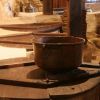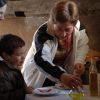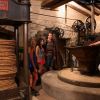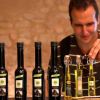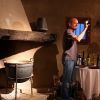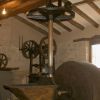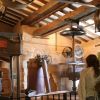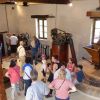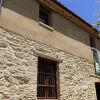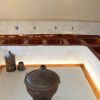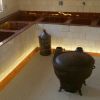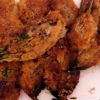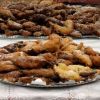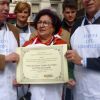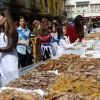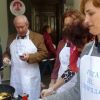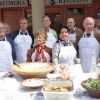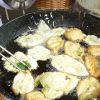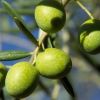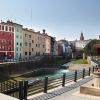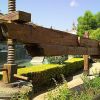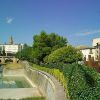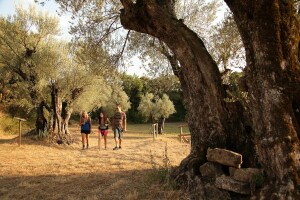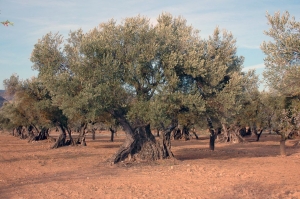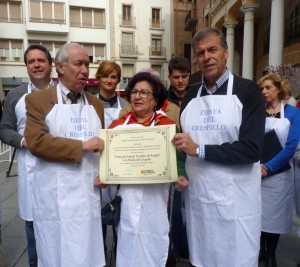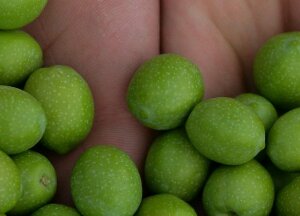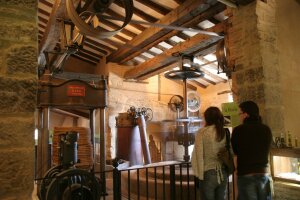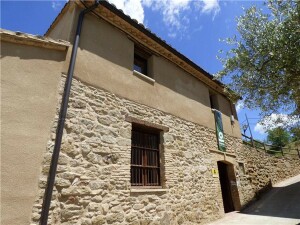Ruta del aceite
Traditional olive oil mill. Buera
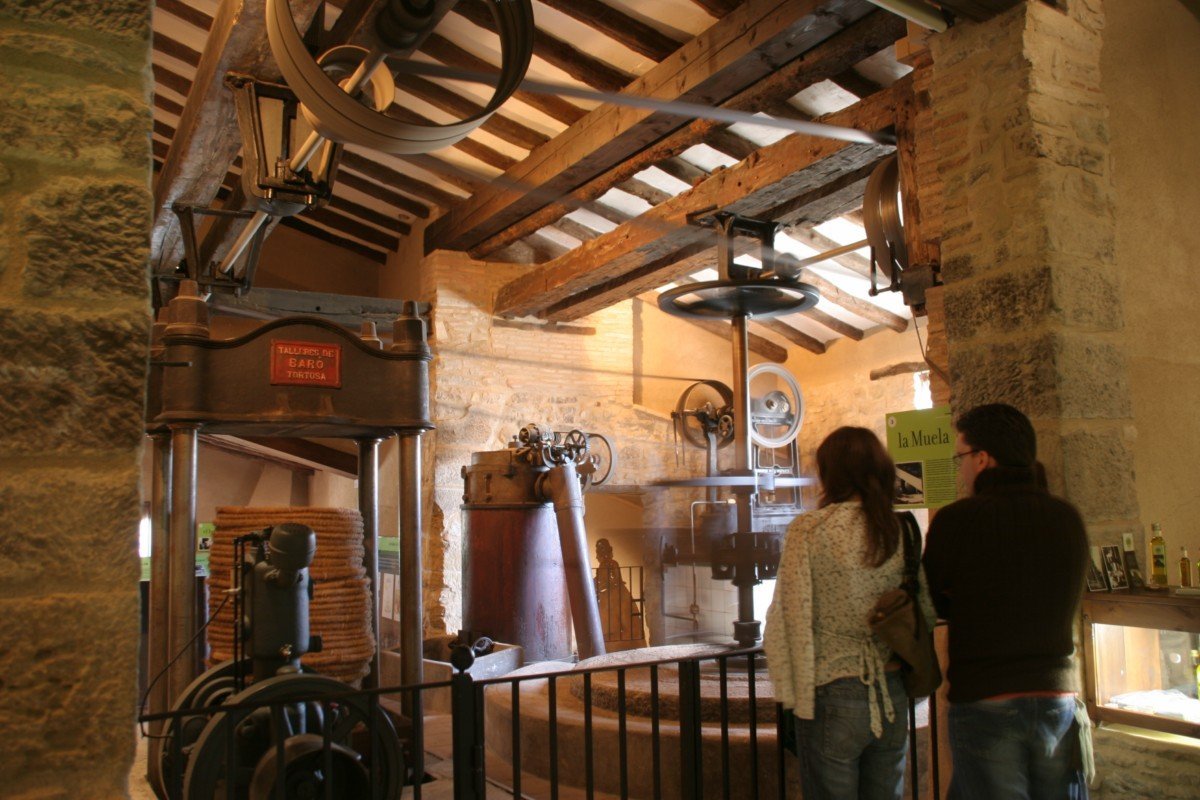
The former oil mill in Buera has its origins between the 17th and 18th centuries. There is a grinding wheel and a huge press with heavy weights that was still in use up to the 20th century, when new technology was brought in. All the equipment that was used to extract oil have been recovered and put to work again, and the building has been restored to create a museum dedicated to the olive trees, oil and traditions of the Somontano.
The Shrine of Nuestra Señora de Dulcis (17th century) is located close to Buera with its magnificent plaster decoration. Nearby a great ice well (Pozo d’os Moros) can be visited and there is also a delightful olive tree grove in the same area (Bosque de los Olivos). There are 18 of the more than 20 varieties of this tree that exist in the Somontano. Every tree has a small informative panel explaining its biological characteristics. Its peculiarities and many others things related to the oil, its history and uses.
Torno de Aceite
C/ Baja, 7. 22146 Buera
Teléfono: 620 057 721
[email protected]
www.tornobuera.com
Torno de Aceite. Salas Bajas
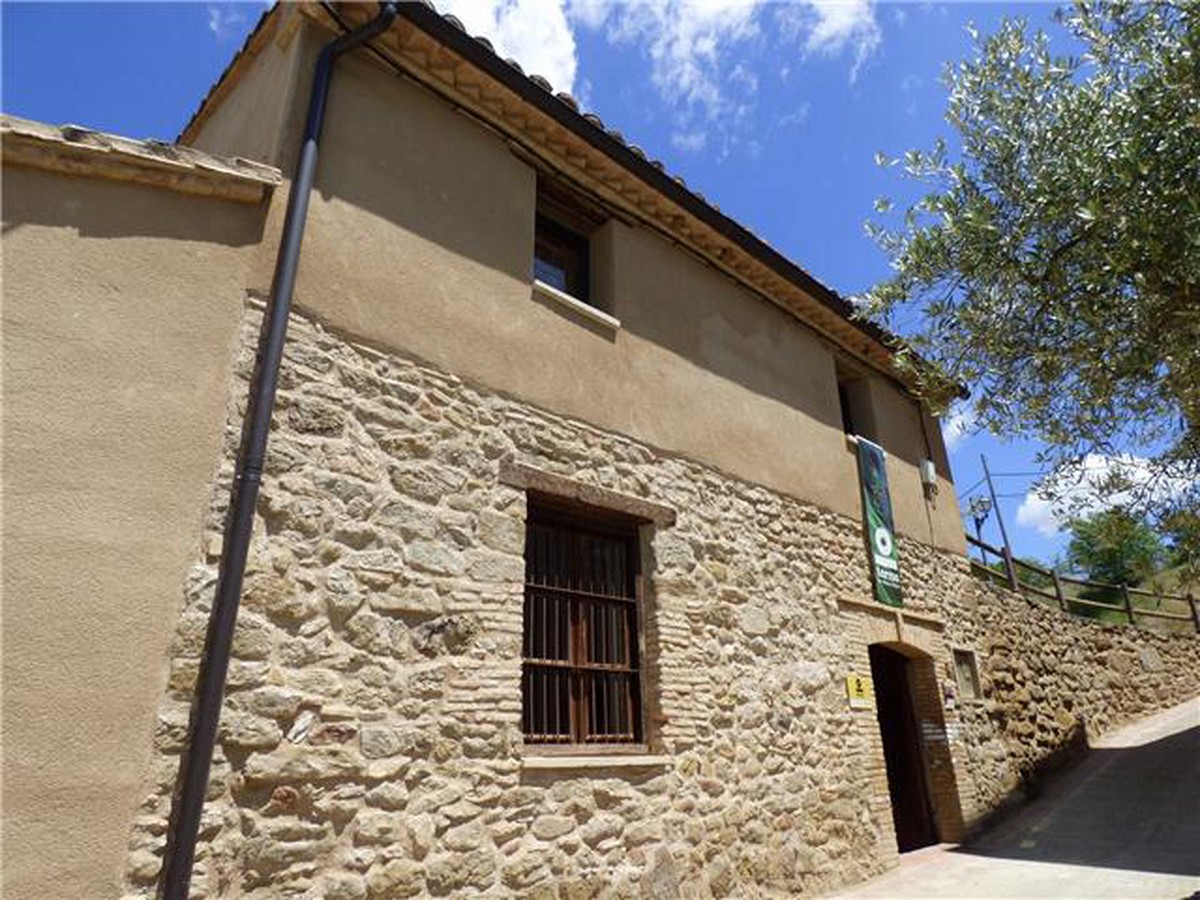
La cultura olivarera de Guara Somontano tiene otro exponente en Salas Bajas. La planta baja de la antigua almazara o torno (que dejó de funcionar como tal en 1979) se ha convertido en un espacio dedicado al cultivo tradicional del olivo, una de las señas de identidad entre los vecinos de la localidad. La maquinaria original se conserva en perfecto estado y se puede visitar, previa cita.
Dirección: C/ Mayor 50. 22314 Salas Bajas
Teléfonos: 974 302 353 / 618 113 688
Crespillo Fiesta. Barbastro

“Crespillos” are sweet pastries made from borrage leaves coated in egg, milk, flour, sugar and a touch of both aniseed and orange; they are then fried in olive oil.
They are traditionally made around the 25th March being the Feast of the Incarnation when, according to the Catholic Church, the Virgin Mary’s Immaculate Conception occurred. As the birth of her son, Jesus, took place in December at the same time the olives are harvested from the trees, tradition has placed great importance on celebrating fertility on 25th March. This celebration is thought to bring fecundity to the olive groves and guarantee a good harvest.
The market square of Barbastro is the best place to celebrate this fiesta on the Sunday closest to the Incarnation and people come from all around to sample the original and tasty “crespillos”
Olive oil press. Barbastro
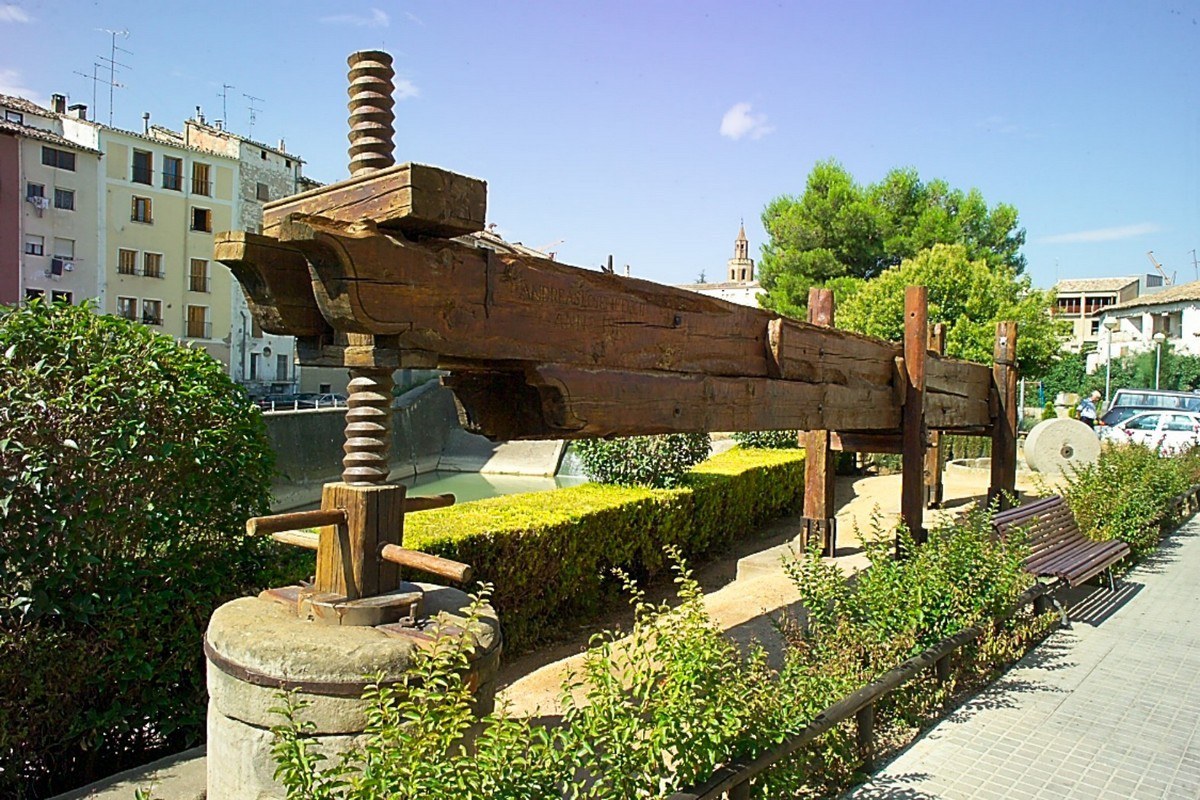
The many olive oil mills dotted across the region pay testimony to the importance that olive groves have traditionally had to the inhabitants of Somontano over the centuries. There were mills in Colungo, Laluenga, Hoz de Barbastro, Buera, Radiquero, Rodellar, Abiego, Azlor, Estadilla, El Grado, Mipanas, Castillazuelo, Salas Bajas, and Pozán de Vero. Those in Adahuesca, Peralta de Alcofea, Alquézar and Salas Altas are still operational, for use by villagers and neighbours. Mills in Bierge, Costean and Barbastro currently produce and sell olive oil of excellent quality.
The basic elements required to produce oil in the mills of Somontano were a cylindrical mill stone for crushing the olives and a hundred-weight press for extracting the oil.
The olives were carried by basket to the millstone, whose weight would crush the fruit without separating it from the stone, resulting in a thick and heavy homogenous paste. A mule tied to the millstone’s axis would walk round and round in circles without stopping, whilst the other animals ate in a manger awaiting their turn to move the stone.
From here, the ground paste was placed between capachos which were woven, circular mats specifically used for the extraction of oil.
The hundred-weight press was a huge mechanism made mainly from wood, which would reach approximately 15 metres in length. As operators turned a large wooden screw at one end, the huge stone (around 3,000 kg) suspended at the opposite end of the joist would exercise increasing downward pressure on the pile of woven mats. These were placed on a stone support known as a regafia.
After the first pressing, the extracted oil would be channelled towards the decanting area. To extract any remaining oil from the olive pomace, it was rinsed with boiling water to achieve a second, and often a third, pressing. As these oils were inferior in quality to that from the first pressing, it was essential that the oils were not mixed.
This press came from the village of Puy de Cinca, located on the left bank of the El Grado reservoir. The mill was abandoned in 1968 due to the building of the reservoir. An inscription on the press shows the name Andreas Loste and the year 1818.


